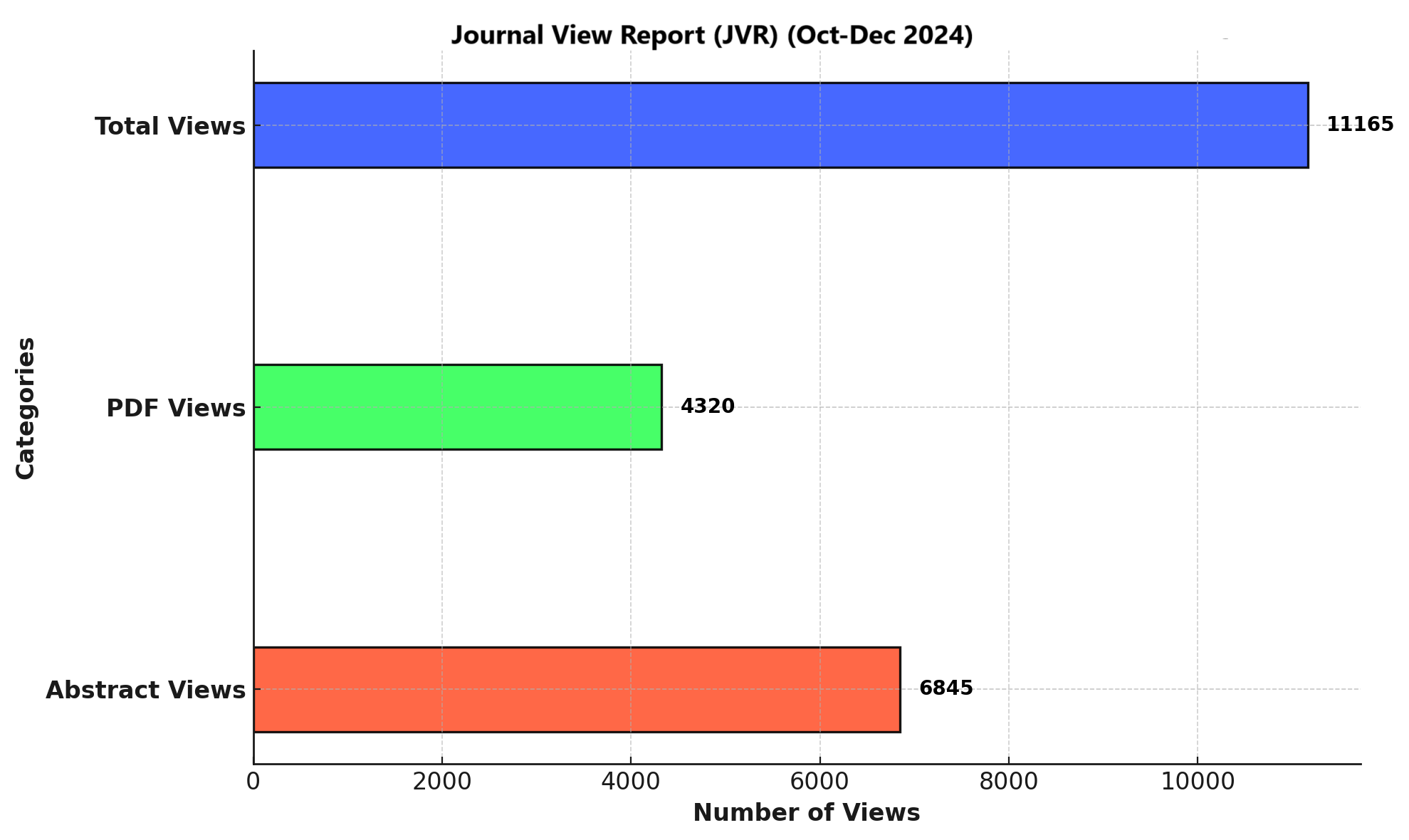POST-STROKE REHABILITATION USING VIRTUAL REALITY-BASED PHYSIOTHERAPY: A CASE REPORT
DOI:
https://doi.org/10.71000/6ake0t89Keywords:
Gait rehabilitation, Hemiparesis, Motor recovery, Neuroplasticity, Stroke rehabilitation, Virtual reality therapyAbstract
Background: Post-stroke rehabilitation remains a critical component of recovery, with conventional physiotherapy often challenged by patient adherence and engagement. Virtual reality (VR)-based therapy has emerged as an innovative approach that enhances motor recovery through immersive, task-specific training. This case report highlights the therapeutic potential of VR-based rehabilitation in improving functional outcomes in a post-stroke patient.
Case Details: A 58-year-old male with right-sided hemiparesis following an ischemic stroke presented to a neuro-clinical setup in Lahore. Neurological deficits included impaired motor function, proprioception, and coordination. Conventional rehabilitation alone yielded limited progress, prompting the integration of a structured VR-based physiotherapy program. The patient engaged in VR-mediated exercises targeting upper and lower limb motor control, postural stability, and functional mobility. Over a four-week period, significant improvements were observed in motor strength, dexterity, and gait symmetry, leading to enhanced independence in daily activities. No adverse effects were reported.
Conclusion: This case underscores the efficacy of VR-based rehabilitation as a complementary therapy in stroke recovery, offering personalized, engaging, and neuroplasticity-driven motor relearning. The findings support the broader integration of VR in clinical rehabilitation programs. Future research should focus on optimizing VR protocols, assessing long-term benefits, and improving accessibility to ensure widespread application in neurorehabilitation.
Downloads
Published
Issue
Section
License
Copyright (c) 2025 Nafeesa Ishfaq, Aminah Khalid, Nazia Mauhammad Razzaq, Wesam Taher Almagharbeh, Ahmar Zafar, Muhammad Tayab Hashmi (Author)

This work is licensed under a Creative Commons Attribution-NonCommercial-NoDerivatives 4.0 International License.







